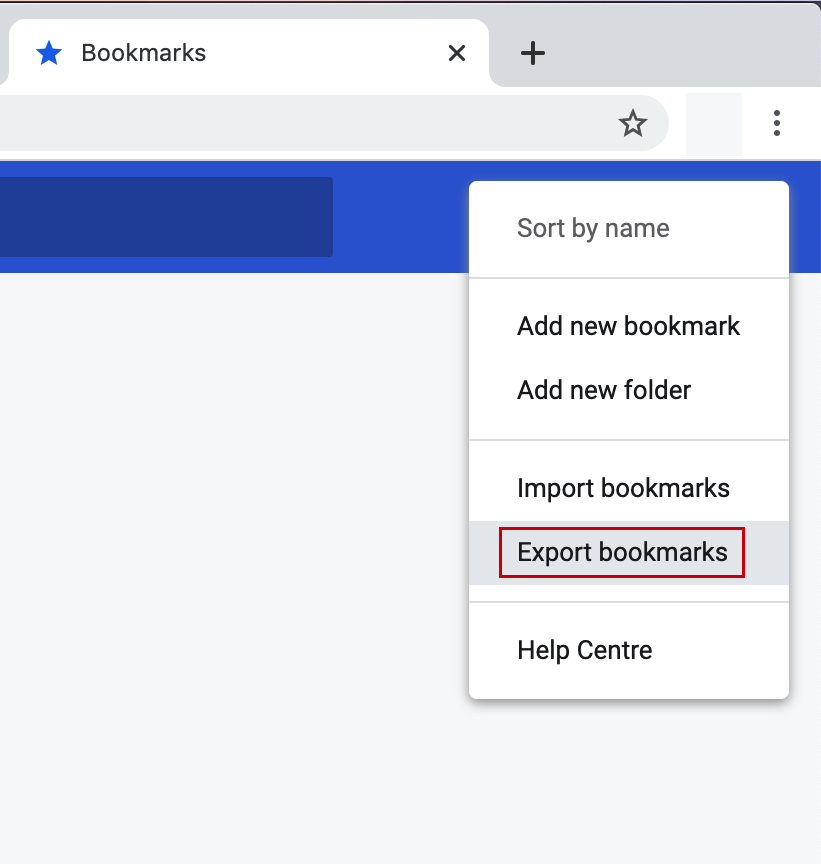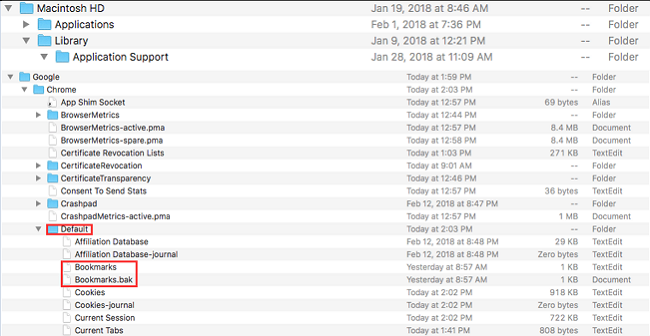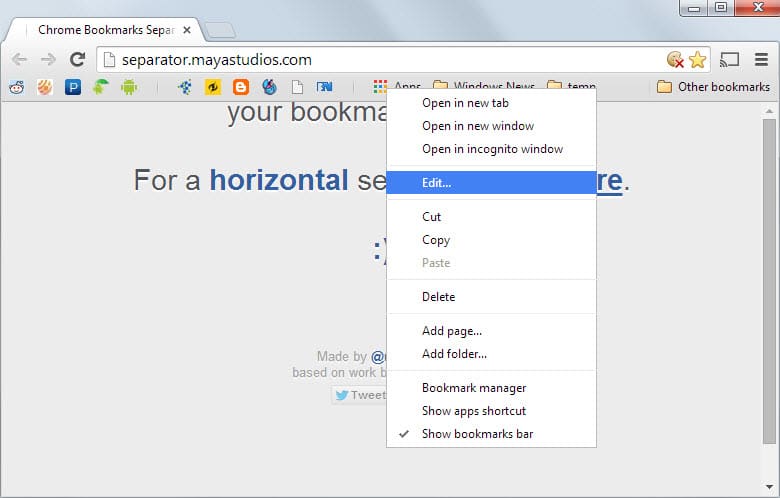

Nowadays these bookmarks might be represented as site icons on your Desktop, they could be keyboard shortcuts – you type in ‘s’ and it immediately suggests – and they could be cryptic abbreviations on your bookmarks bar in the browser. Within the Bookmarks Manager, click Organize > Import Bookmarks from HTML file. Locate the HTML file on your computer then click Open.Join us now as we take a trip down memory lane, remembering the glory days of browser bookmarks… Just kidding! In fact, it’s a rare Internet user who doesn’t have at least some bookmarks to make bouncing from site to site a breeze. To restore your Bookmarks from an HTML file, click Ctrl + Shift + O. Pick a location on your PC to save the file and click Save. Within the Bookmarks Manager, click Organize > Export Bookmarks to HTML file. Click Open Bookmarks Manager.įor an easy shortcut to the Bookmark manager, you can also click Ctrl + Shift + O. Hover over Bookmarks to reveal the Bookmarks menu. To create a backup file of your bookmarks, open Chrome and click the top-right menu icon (three horizontal lines).

You can then use this file to import your bookmarks at a later date when you reload Google Chrome. The following process creates a simple HTML file that's saved on your computer. It's a pain to have to recreate all your Bookmarks from scratch, so take a moment to backup your Chrome Bookmarks first.

Though the upgrade process isn't meant to remove or change your installed programs, some users have found this hasn't been the case. But if you have cause to reinstall Chrome, you can create a backup of your Bookmarks easily, letting you return them again later.Ī good reason for doing this is if you're about to upgrade to Windows 10. Bookmarks or Favourites in Google Chrome (or any other browser) are an easy shortcut for heading straight to your most commonly-used websites.


 0 kommentar(er)
0 kommentar(er)
